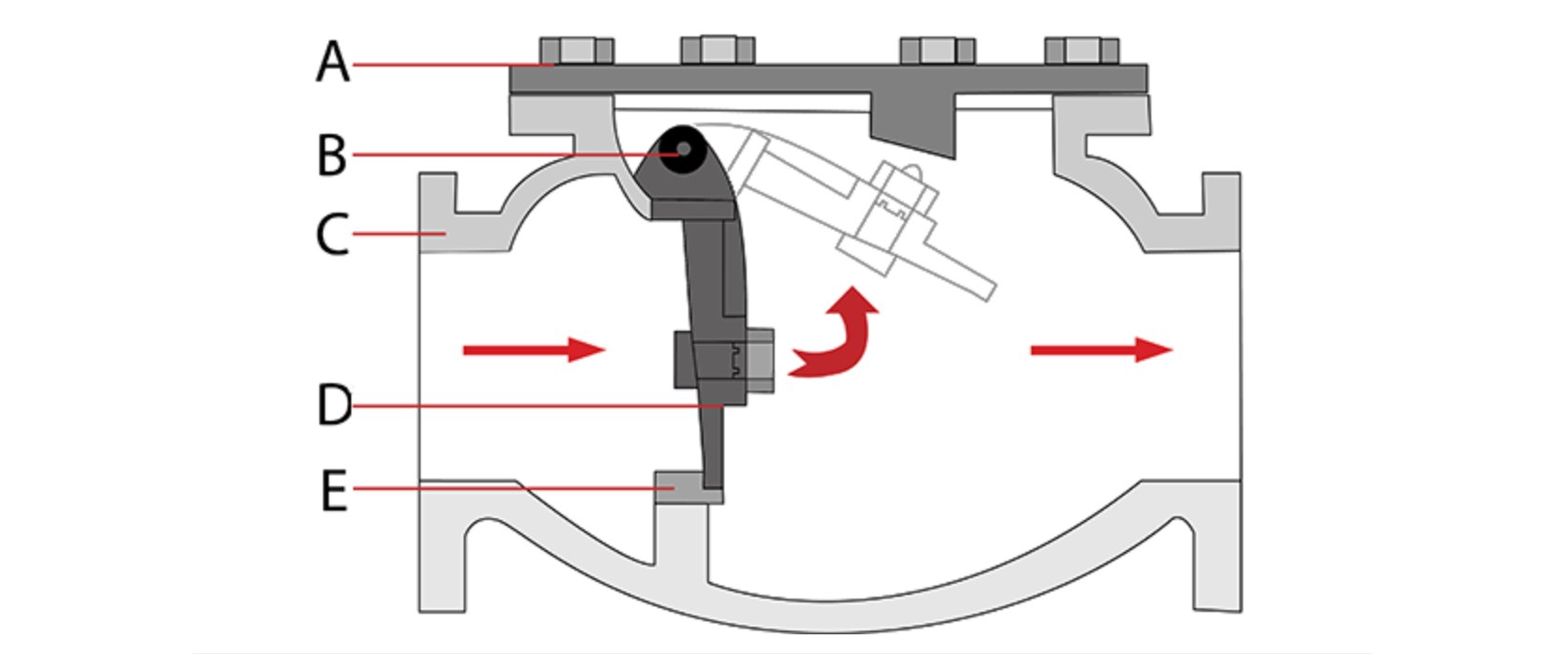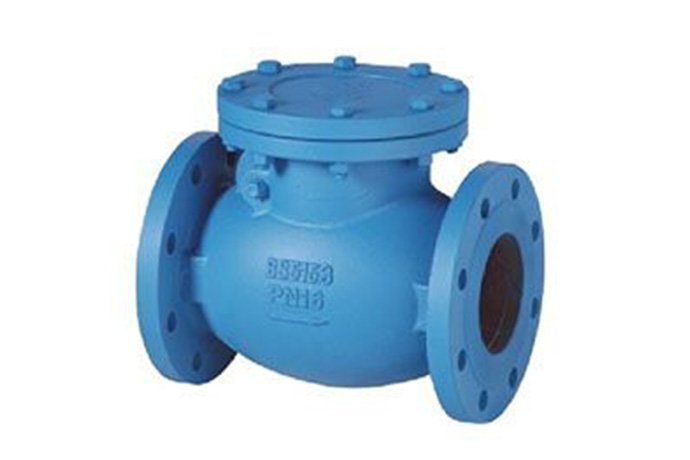What Is a Check Valve? How Does Check Valves Work?
December 29, 2023A check valve, also known as a non-return valve or one-way valve, is a mechanical device designed to allow the flow of fluid or gas in one direction while preventing backflow in the opposite direction. Picture a door that swings open when you want to go forward but stays shut if you try to go backward. These valves are like one-way streets in plumbing. When the water or air wants to move forward, the valve opens up. But if they try to sneak back, the valve snaps shut, preventing any reverse flow.
How Does a Check Valve Work?
A check valve works like a swinging door for fluids or gases. Its main job is to allow flow in one direction while preventing any sneaky backward movement. Here's a simple breakdown of how it operates:
Forward Flow
Imagine the check valve as a door on its hinges. When fluid or gas flows in the desired direction, it pushes the door open, allowing easy passage. It's like walking through a door that swings open in front of you.
Automatic Opening
The check valve doesn't need any manual intervention. The force of the flowing substance naturally opens the valve, letting it move through the system with ease. It's like the door swinging open automatically when you approach.
Backflow Prevention
Now, if the fluid or gas tries to go backward, the check valve swings into action. The door (valve) automatically swings shut, blocking any attempt at reverse flow. It's like a self-closing door that won't let you go back once you've passed through.

Pressure-Driven
The check valve operates based on pressure. When the pressure on the side where the fluid is coming from is higher than the other side, the valve opens. Conversely, if the pressure on the other side becomes higher, the valve closes to prevent backflow. It's like the valve responding to the push and pull of the fluid pressure.
No External Controls
There are no buttons or levers involved – it's all about the natural forces at play. The check valve's design is simple yet effective, allowing it to work automatically without any external controls. It's like a door that knows when to open and close without someone telling it what to do.
What is a check valve used for?
Check valves find applications in various industries and everyday systems due to their crucial role in maintaining the integrity and efficiency of fluid handling processes. Here are some common uses of check valves:
Water and Wastewater Systems
Check valves are widely used in water distribution systems to prevent backflow, ensuring that water flows in one direction and doesn't contaminate the clean water supply.
Oil and Gas Industry
In the oil and gas industry, check valves are employed to control the flow of fluids in pipelines, preventing reverse flow and ensuring that substances move in the intended direction.
HVAC Systems
Heating, ventilation, and air conditioning (HVAC) systems often utilize check valves to regulate the flow of refrigerants and fluids, preventing unwanted backflow and maintaining system efficiency.
Chemical Processing
Check valves play a crucial role in chemical processing plants, where they help control the flow of various chemicals and prevent the mixing of incompatible substances.
Pumps and Compressors
Check valves are commonly installed on the discharge side of pumps and compressors to prevent reverse rotation or backflow, safeguarding the equipment and ensuring efficient operation.
Power Generation
Power plants use check valves in steam and cooling water systems to control the direction of flow and prevent damage to equipment caused by backflow.
Fire Protection Systems
Check valves are essential in fire protection systems to ensure that water flows in one direction, particularly in sprinkler systems and fire hydrants.
Automotive Industry
In vehicles, check valves are used in various systems, such as braking systems and emission control systems, to control the flow of fluids and gases.
Marine Applications
Check valves are employed in marine systems to control the flow of water, fuel, and other fluids, preventing backflow that could compromise the operation of the vessel.
Agriculture
Agricultural irrigation systems often utilize check valves to control the flow of water and prevent backflow, ensuring efficient water distribution.
Food and Beverage Processing
In the food and beverage industry, check valves help control the flow of liquids during processing, preventing contamination and ensuring product quality.
Mining and Construction
Check valves are used in mining and construction equipment to control the flow of hydraulic fluids, preventing backflow and ensuring the proper operation of hydraulic systems.
In summary, check valves are versatile components that play a critical role in a wide range of industries and applications, ensuring the orderly and efficient flow of fluids while preventing the unwanted reversal of flow.
As a seasoned check valve manufacturer, we specialize in providing tailored solutions for diverse applications. If you have any questions, please feel free to contact us.




